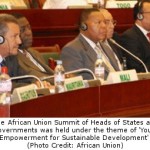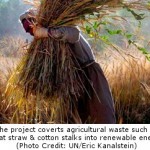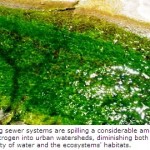Policy and Solutions
- The destruction of mangroves is often prompted by local decisions, market forces, industrial demand, population expansion or poverty. However, in many countries, the fate of mangroves is also determined by high level policy decisions.
- In the Philippines, as an example, state-wide encouragement of aquaculture dating back to the 1950s led to massive losses. In Malaysia, by contrast, state ownership of mangroves prevails. While there have still been losses, large areas remain in forest reserves, managed for timber and charcoal production, with concomitant benefits for fisheries.
- Trends of mangrove gain or loss can be rapidly and quite dramatically reversed. Laws addressing the placement of aquaculture standards or water quality pollution minimization have greatly altered the shape of new aquaculture developments in many countries.
- New policies and projects have led to widespread mangrove plantation across the Philippines. Policies have led to the offsetting of mangrove loss by replanting or restoration with examples in Florida (US) and Australia.
- Many countries, such as Mexico, Belize, Tanzania and Mozambique, have also established general legal protection for mangroves, controlling destructive activities through strict licensing systems.
The Atlas
- The atlas brings together an unprecedented partnership of organizations – from forestry and conservation sectors and from across the United Nations – and includes a new and comprehensive map and account of mangrove forests.

Notes:
The World Atlas of Mangroves has been published by Earthscan as an output of a joint project implemented since 2005 by ITTO, the International Society of Mangrove Ecosystems (ISME), the Food and Agriculture Organization (FAO) of the United Nations, UNEP-World Conservation Monitoring Centre (UNEP-WCMC), UNESCO-Man and Biosphere (UNESCO-MAB), UNU-Institute for Water Environment and Health (UNU-INWEH) and The Nature Conservancy (TNC). The Atlas project received majority funding from ITTO through a Japanese Government grant.
More than 100 top international mangrove researchers and organizations have provided data, reviews and other input. Spanish and French versions of the Atlas are being prepared.
Source: UNEP Press Release dated July 14, 2010.













